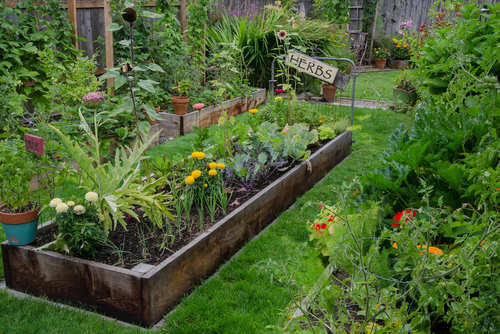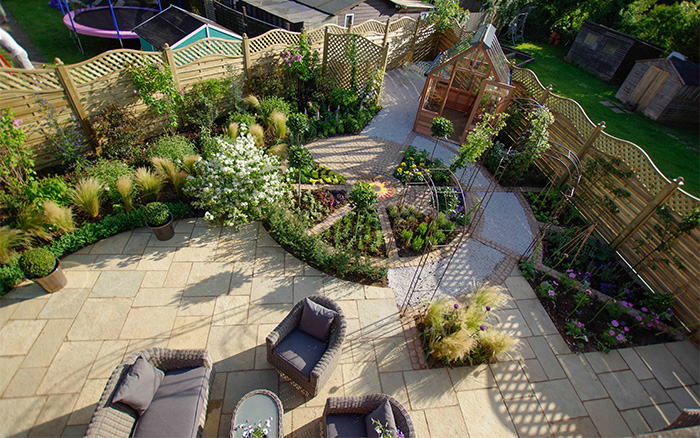Your garden’s design speaks a lot about your personality. You can make it either neat with no surprise elements, or you can build mysterious windy paths with lots of different plants and secret corners. Mainly gardens are styled three ways – formal, semi-formal and informal.
Formal gardens present you a symmetrical, geometrical structure with similar plants which are trimmed same way. It’s perfect for urns, formal pools, courtyard, gravel paths etc. with no surprise element.
Informal gardens are chaotic, not controlled and asymmetrical in structure, you allow the plants to grow up and spread over naturally. Thus they offer you many elements of surprise in each step.
Semi-formal, as the name suggests, is a structure in between the above mentioned two. Usually, it’s designed on built structures like paths, retaining walls and steps where the plants are given freedom to spill and spread over them naturally.
You can design your garden either matching with your home or surroundings or just as a unique piece of creativity. Pick your own but plan smartly!

Planning:
It’s better to plan by splitting up the whole area into smaller rooms. Mark the areas like the front garden, side garden and back garden. Thus you can use a part, such as the back garden, as functional area (kids’ zone, entertaining area, compost heap or even BBQ area). Thus it becomes easier to plan a huge area properly.
Three Planning Steps:
There are main 3 steps of planning you need to focus on before designing your garden: site analysis plan, concept plan, planting plan. There are a lot of things to notice before going to buy plants. This’ll help you to get a perfect garden.
Site Analysis:
Make your area functional by inventory plans. Things you need to include are –
- Levels (steep/flat)
- Sun/shade
- Summer/winter
- Wind
- Views (good/bad)
- Soil conditions
- Entrances (front/back)
- Power lines
- Fences
- BBQ zone
- Lighting
- Drainage
- Paved/unpaved areas
Draw roughly the space now. Put all your plans on that drawing. Measure the whole area properly. Once you’re done, you can gauge the trend first easily on paper before making it on the garden.
Concept Plan:
Now time to show your imaginations and creativity! Go adventurous and put down your ideas. Design as you dream, include all the materials you want. Then sum it up as per your budget.
Planting Plan:
Draw this plan to scale so that you can know how many plants you need. It connects you with all the ideas and gives you a glimpse of your future garden. Choose plants wisely that’ll suit the shape and size of your garden area. Plant them accordingly their needs for sun, shade, and soil.
Some Important Notes:
A perfect garden depends on many things. Keep an eye on the season, weather, soil, sun condition, rain and wind as these natural elements play vital roles in plants. Also, consider the view you want to get from the window. You can fence it around or let it add more beauty to the mountain, ocean views.

